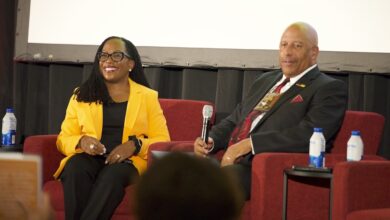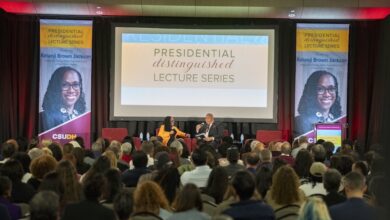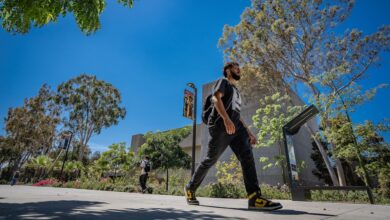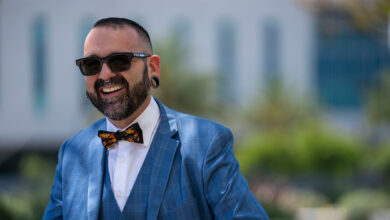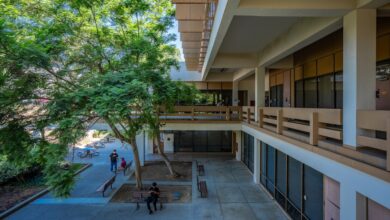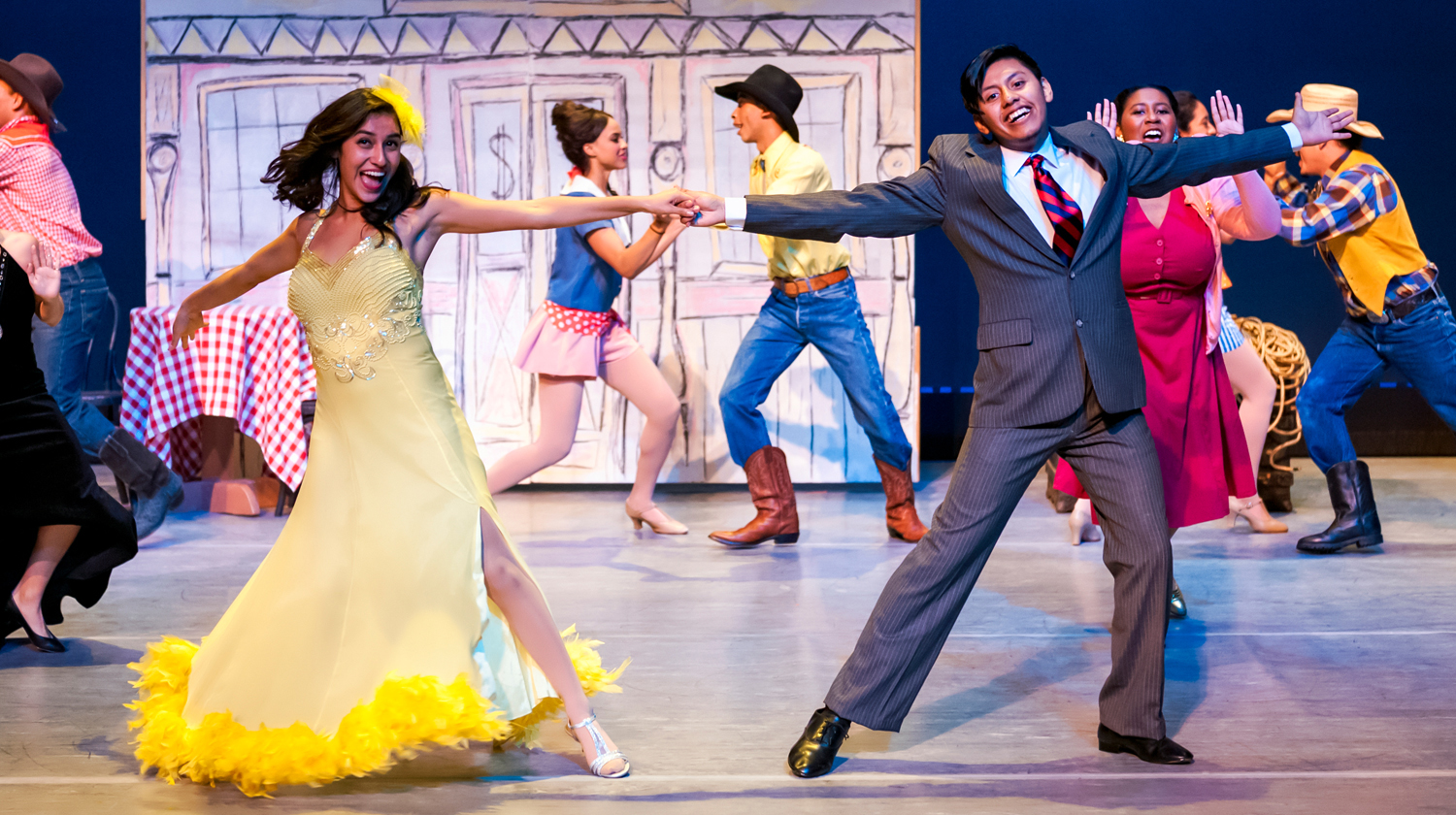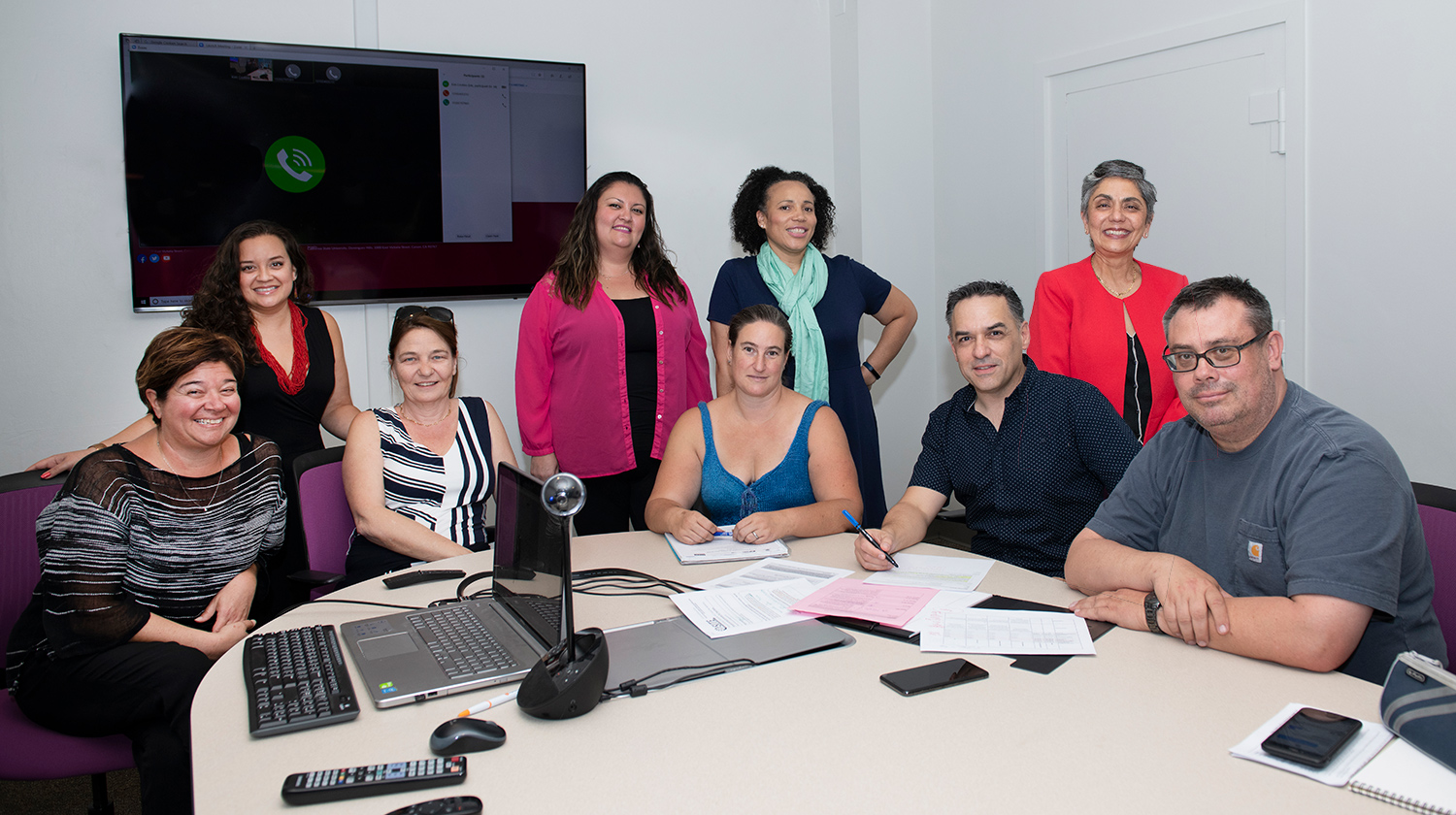
California State University, Dominguez Hills (CSUDH) has been awarded a $1,294,133 grant from the National Science Foundation (NSF) to develop faculty learning communities that will support STEM faculty to explore and implement equity-minded, evidence-based teaching and leadership practices that are rooted in the science of learning.
Titled “Leveraging a Faculty Community of Practice Model of Professional Learning to Enhance Diversity, Equity, and Inclusion in STEM Teaching, Learning, and Leadership,” the project’s four-year grant period started January 2020 with the initial NSF award, and could total as much as $2,334,801 with additional installments before the grant ends in December 2024.
The program is funded through the NSF’s Improving Undergraduate STEM Education: Hispanic-Serving Institutions program, and will primarily focus on addressing the needs of faculty of color, and increasing retention and graduation rates among underserved students.
Through these faculty learning communities, CSUDH will offer STEM faculty the opportunity to share and test teaching strategies and ideas in inclusive and encouraging groups, broadly focused on creating effective curricula and teaching practices, and learning new personal assessment, mentoring, and leadership skills. The groups will meet monthly throughout the program to discuss, assess, tweak, and redesign teaching methods, and to discuss how to support and retain faculty of color in the STEM disciplines.
The first faculty learning community will begin in spring or summer 2020 with three intensive days in the Faculty Development Center where participants will “learn about learning” and identify curriculum and pedagogy projects they would like to work on.
The project will be under the direction of CSUDH’s Dean of Undergraduate Studies Kimberly Costino, Professor of Psychology Keisha Paxton, and CSU Long Beach’s (CSULB) Associate Vice President for Faculty Affairs Kirsty Fleming.
“We want to move away from one-shot workshops and build a structure in which faculty can come together regularly to learn, explore, and collaborate. When it comes to how people learn, we know that people’s identities, past experiences, power structures, and dynamics, among other things directly affects learning,” said Costino. “Designing curriculum and pedagogy in the context of a better understanding of these dynamics can lead to more inclusive classrooms and more impactful learning and retention.”
Costino and Fleming co-wrote the grant proposal, having worked together to create a similar model for faculty learning at CSU San Bernardino (CSUSB). That program also received NSF funding.
The grant also supports including STEM faculty from local community colleges to work with STEM faculty at CSUDH and CSULB to examine how alignment of STEM curriculum and assessment practices between two- and four-year institutions supports the success of transfer students. CSUDH will work with the California Community Colleges’ Success Network to coordinate the multi-campus partnership. Educators at CSUSB and CSULB will also collaborate on projects connected to the program.
“The faculty are not going to be told how to teach and what to do, or what’s being done wrong. Instead, they will identify their own inquiry questions and pursue this questions in a collaborative environment,” said Costino. “Ideally, the project will develop into a regional community of practice that will evolve and grow based on all the participants’ needs, desires, and learning goals. We will work to build relationships and to expand this practice across the CSU system, and with our local community colleges.”
While most faculty learning communities will cater to STEM faculty – one community is for newer STEM faculty and another for those with more experience – others will host department chairs, faculty in other leadership roles, and all new CSUDH faculty, not just those teaching in STEM disciplines.
If the program is a success, Costino hopes to receive additional funding from CSUDH to expand it to other schools and departments, and to institutionalize faculty learning communities as part of the university’s transformation.
“As we explore the science of learning and the ways that it intersects with identity, power, and bias the program will not only shape how we teach from a learning perspective, but also how we mentor, evaluate, and work with each other,” she said. “All of that will come to the surface, and we’ll explore it together.”

